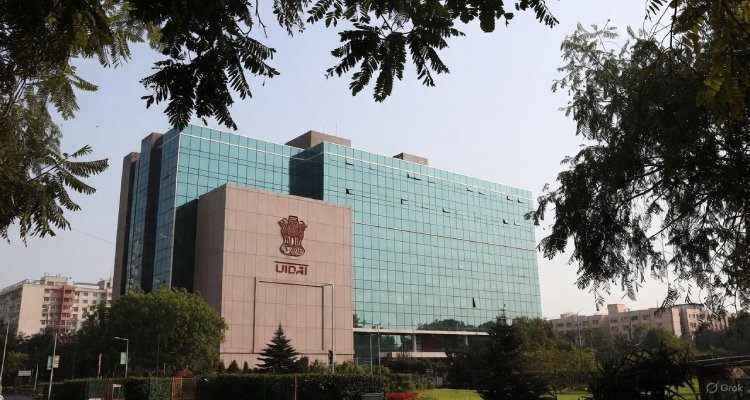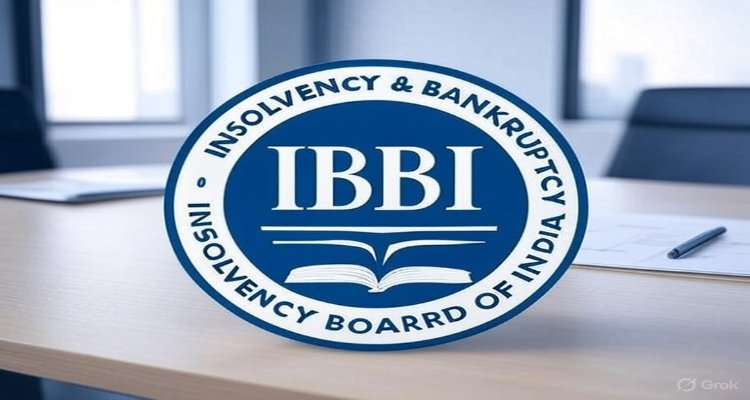What is the Role of the Insolvency and Bankruptcy Board of India (IBBI)?”
Meta Description: The Insolvency and Bankruptcy Board of India (IBBI) regulates India’s insolvency ecosystem under the IBC, 2016. Here’s its role, impact, and significance.
Introduction: A Silent Revolution in India’s Financial Landscape
On October 1, 2025, the Insolvency and Bankruptcy Board of India (IBBI) celebrated its ninth annual day—an important milestone for an institution that has transformed India’s approach to financial distress. Behind its quiet workings lies a story of how the IBBI, through the Insolvency and Bankruptcy Code (IBC), 2016, has reshaped credit markets, improved business confidence, and offered struggling companies a fair chance at revival.
Context & Background: From Chaos to Clarity
Before the IBC, India’s insolvency framework was fragmented, slow, and riddled with loopholes. Distressed companies could linger in limbo for years, eroding value for creditors, employees, and shareholders. Recognizing this bottleneck, the government enacted the Insolvency and Bankruptcy Code, 2016, consolidating multiple overlapping laws into a single, time-bound, creditor-driven process.
The IBC was designed to:
- Ensure faster resolution of stressed assets.
- Maximize the value of distressed companies.
- Promote entrepreneurship and credit flow.
- Improve India’s ease of doing business ranking.
With strict timelines—180 days for corporate insolvency resolution and 90 days for fast-track MSME cases—the Code was a game-changer.
Main Developments: Building a Strong Institutional Framework
The IBC rests on four foundational pillars, with the IBBI at its core:
1. Insolvency and Bankruptcy Board of India (IBBI)
Established on October 1, 2016, the IBBI serves as the primary regulator of the insolvency ecosystem. Its responsibilities include:
- Regulating insolvency professionals (IPs), agencies, information utilities (IUs), and valuers.
- Overseeing processes under the Corporate Insolvency Resolution Process (CIRP), liquidation, and personal bankruptcy.
- Monitoring service providers through inspections, investigations, and grievance redressal.
- Developing professional capacity through training, exams, and certification.
2. Adjudicating Authorities
The IBC created specialized judicial bodies to handle cases:
- NCLT (National Company Law Tribunal) for companies.
- DRT (Debt Recovery Tribunal) for individuals and firms.
- Appeals handled by NCLAT and finally the Supreme Court of India.
3. Insolvency Professionals (IPs)
IPs act as independent managers of distressed firms. They:
- Administer the resolution process.
- Manage assets.
- Provide critical data for creditor decisions.
Their neutrality ensures fairness and efficiency.
4. Information Utilities (IUs)
IUs act as central databases storing debt and default information. By eliminating information asymmetry, they speed up resolution and reduce reliance on debtor management.
Expert Insight: Why the IBBI Matters
Economists and legal experts view the IBBI as one of India’s most impactful financial regulators of the past decade. “The IBBI has instilled confidence in lenders by ensuring time-bound and transparent outcomes,” notes Dr. A.K. Mishra, an insolvency law expert.
The numbers support this claim. As of March 31, 2025, the IBC framework has successfully resolved 1,194 companies, allowing creditors to recover ₹3.89 lakh crore—over 170% of liquidation value and 93% of fair value.
Impact & Implications: A Work in Progress
The IBBI’s regulatory vigilance has played a key role in evolving the Code. Since 2016, the IBC has undergone six major legislative amendments and over 122 regulatory changes, reflecting its adaptive approach.
Key outcomes include:
- Higher recovery rates for creditors.
- Revival of viable businesses rather than mere liquidation.
- Improved access to credit as lending risks reduced.
- Boost to India’s global image as a business-friendly economy.
However, challenges remain—delays in NCLT proceedings, capacity constraints, and the need to balance creditor and debtor interests. Experts suggest further strengthening of tribunals, expanding the cadre of insolvency professionals, and greater digital integration of IUs.
Conclusion: Looking Ahead
In just nine years, the IBBI has turned insolvency resolution in India from a prolonged, uncertain ordeal into a structured, rules-based, and largely time-bound process. By championing transparency, value maximization, and entrepreneurship, the IBBI stands as a silent guardian of India’s financial stability.
As the IBC continues to evolve, the IBBI’s role will remain pivotal—not just in resolving financial distress but in shaping India’s growth story. Its success underscores a broader lesson: effective institutions can transform economies as much as policies do.
Disclaimer :This article is for informational purposes only and does not constitute legal or financial advice. Readers should consult professionals for case-specific guidance.











